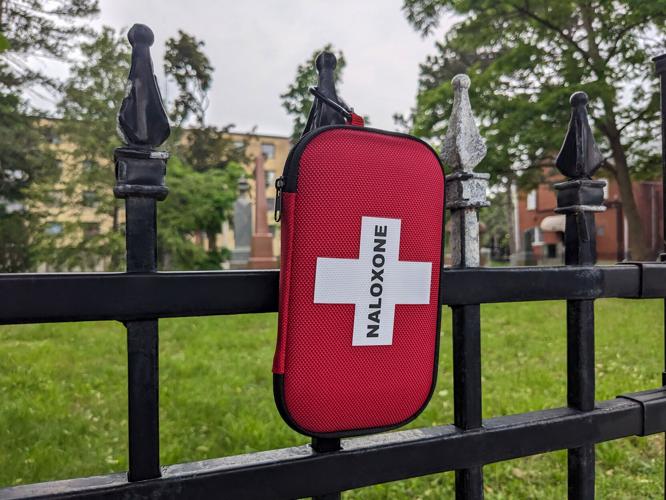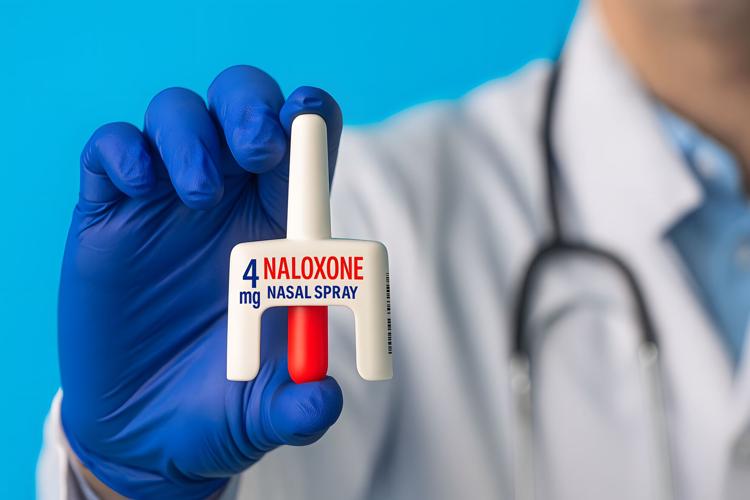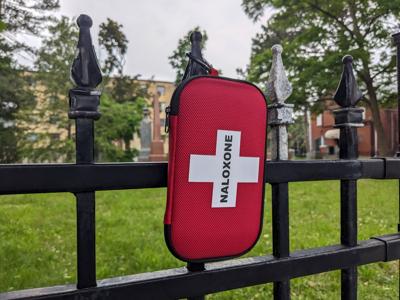Barriers to recovery from substance use can take many forms: fear of judgment or discrimination, a lack of supportive relationships, fear of withdrawal, co-occurring mental health conditions, or limited geographical access to treatment facilities. These challenges are real, but recovery is possible. Support and resources are available in Sangamon County and across Illinois.
Recovery is a deeply personal journey, often filled with challenges. It is also a path to renewed health, stability, and well-being. With the right support, individuals can overcome substance use and reclaim their lives.
Supporting recovery has never been more urgent, especially with powerful synthetic opioids like fentanyl, proving particularly lethal. Since 2013, the number of deaths in Illinois due to synthetic opioids has increased by 3,341 percent. In Sangamon County, overdose deaths have steadily increased since 2019, with fentanyl involved in nearly half of all accidental cases. Which is why the Sangamon County Department of Public Health urges people to carry Naloxone, a safe, easy-to-administer nasal spray that can reverse an opioid overdose. While Naloxone does not treat addiction itself, it can save a life and serve as the first step toward recovery.

Despite the urgency, many still face obstacles to recovery. More than 21 million Americans live with a substance use disorder, but only about 10 percent receive treatment, said Joan Thome, Director of Health Education at the Sangamon County Department of Public Health. Even with health insurance, access may be limited.
Additional barriers include stigma associated with rehabilitation services, the lack of awareness of treatment options, and hopelessness due to past unsuccessful attempts. Recovery can feel especially difficult for individuals facing homelessness, substandard housing, or unemployment. Still, with the right support and resources, even the most difficult circumstances can be transformed into a new beginning.
Thome emphasizes the importance of patience and compassion for those beginning the recovery process. “Successful recovery cannot be forced,” she said. “It must be their choice to commit when they are ready. Until that time, keep the lines of communication open with love and respect.”
According to the National Institute on Drug Abuse, recovery begins when individuals adopt positive changes and healthier lifestyles, often involving abstinence from substance use. The Substance Abuse and Mental Health Services Administration (SAMHSA) offers confidential support and treatment resources, including options right here in Sangamon County.
Choosing recovery is a brave and life-changing decision. Thome encourages friends and family to be ready to provide encouragement and practical help when the moment arrives. “They may need someone to advocate for them by making phone calls, organizing transportation, or gathering belongings. Their window of empowerment to access recovery may be limited, so prepare to move swiftly when the choice is made.”
In the meantime, keep Naloxone accessible in case of an emergency. To learn more about recovery services or receive free Naloxone, contact the Sangamon County Department of Public Health at (217) 535-3100, extension 6.













